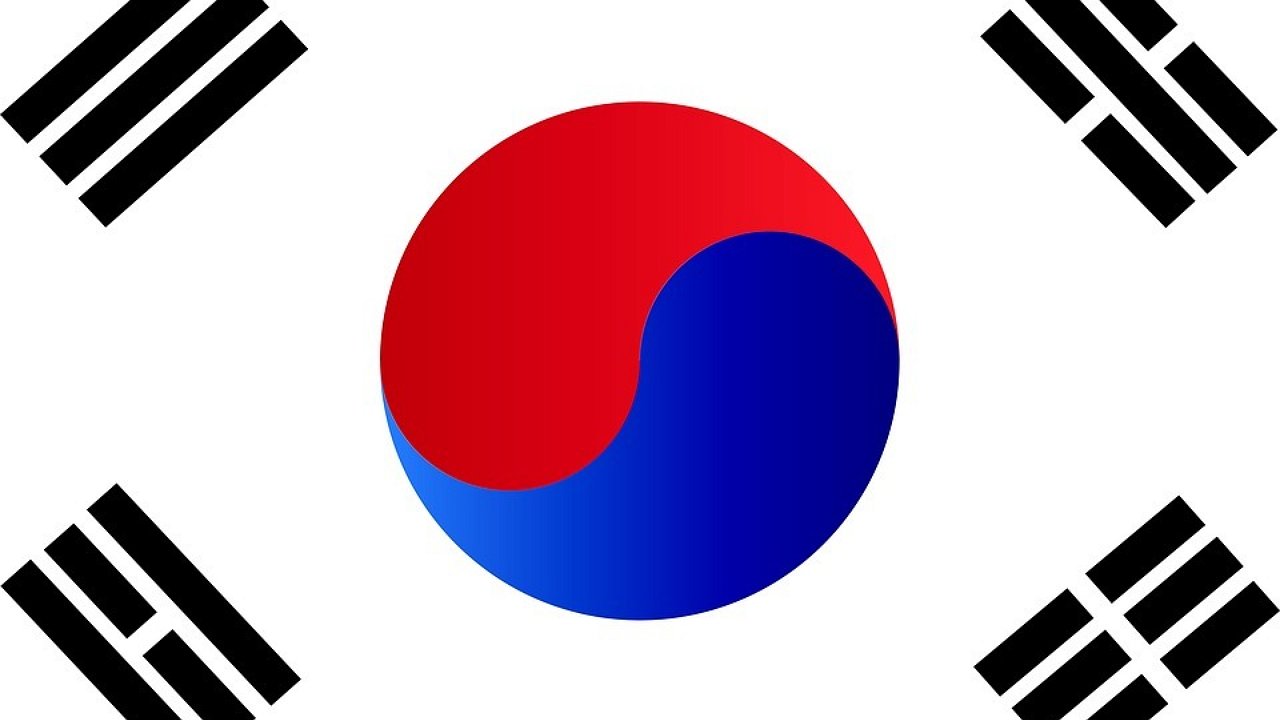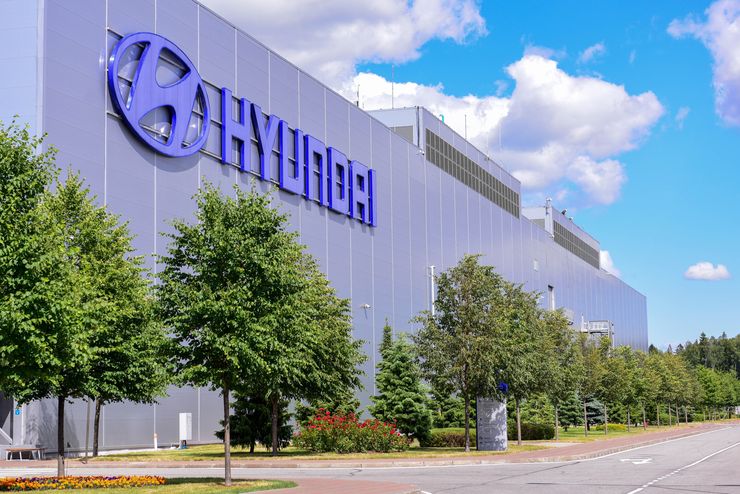Many have probably already paid attention to the fact that over the past year, most European car brands, if they have not yet left Russia “to make ends meet”, have shown a clear intention to move in this direction. With the “Japanese” about the same situation. But the Koreans…
In the Russian market, they don’t seem to work, but they aren’t going away either. Even if they pretend they’re not there. However, recently there was information about the resumption of Hyundai production sites in St. Petersburg in the interest of the Kazakh car market.
The idiosyncrasies in the behavior of the “Koreans”, who seem to be fully following the sanctions and political wake of the United States in particular and the West in general, actually have a completely transparent explanation. They simply cannot afford to “lose” Russia and its market for objective reasons. Few people know, but one of the “Asian Tigers”, that is, South Korea, has languished almost before our eyes in recent years.
Coronavirus lockdowns, a shortage of semiconductors in the world, protectionist measures in the economies of many countries – all this has cut off Korean exports in the most brutal way. And all this against the background of the fact that the Land of Morning Silence does not really have any natural resources.















